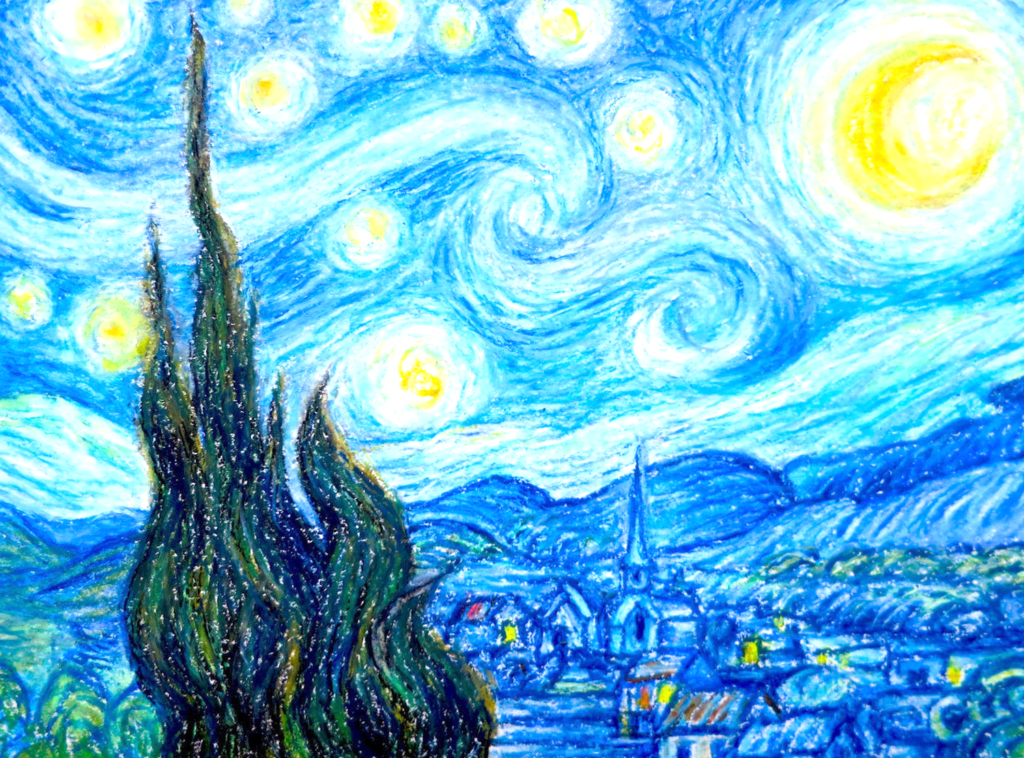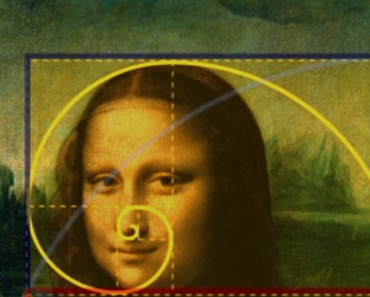
Few have not heard of the painting “The Starry Night” by the famous Dutch painter Vincent Van Gogh that he painted in front of his window in a psychiatric establishment in 1889, which embodies the night of Saint-Rémy-de- Provence in the south of France, although he painted it in broad daylight at the time; Which means that everything he drew was from his memory of that night he saw.
The painting contains 21 stars and numerous vortices that much ancient discussion has taken place, with many saying it was an extension of his fragile psychological state at the time.
With no statements from Van Gogh about this painting, beliefs about its condition and purpose during his painting varied, some of them said it was depressing and others said it expresses a insurance.
The “Starry Night” has been mentioned in several books, such as the American book Michael Benson “Cosmographic”, in which he said that the spirals and vortices in the painting are simply a representation of the galaxies in the universe, and it is probable that they were inspired by the drawings of the universe at that time.
The Starry Night has been compared to an astronomical star called the Unicorn which was spotted in 2004 by the Hubble Space Observatory, where the shapes surrounding this astronomical star resemble a painting by Van Gogh.
Art historian Joachim Pissarro, grandson of famous artist Camille Pissarro, professor of history and director of a gallery at Hunter College at the City University of New York, cited the painting as an example of the charm and of artist creativity with rows.
“Starry Night” is one of Van Gogh’s most famous paintings and has now been on permanent display since 1941 at the Museum of Modern Art in New York.





